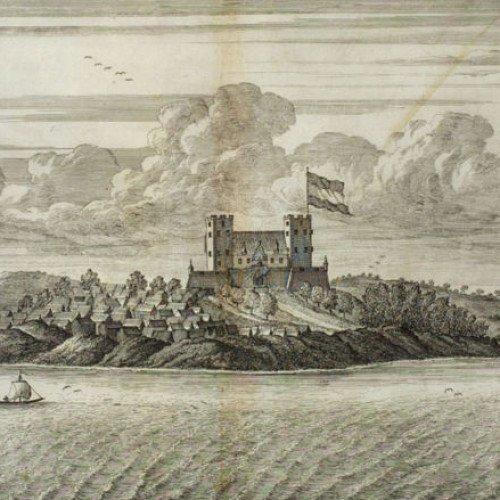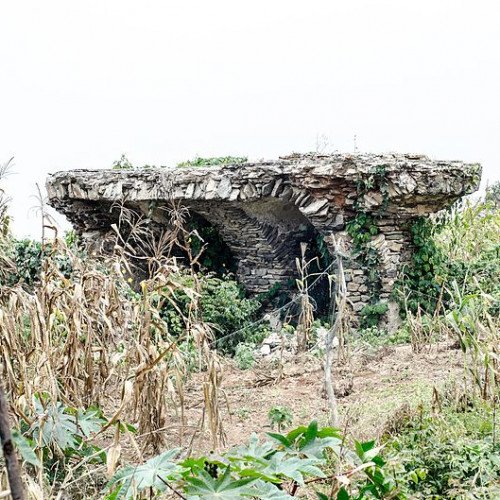Castles of "Ghana" FORT NASSAU vs FORT FREDENSBORG

FORT NASSAU
Fort Nassau, near Moree, Ghana, was the first fort that the Dutch established on what would become the Dutch Gold Coast. In 1612, Clantius built a reinforced fort at Mouri, which, due to the unfamiliarity of the Dutch with building in the tropics, was notorious for its unhealthy conditions. In 1624, the Dutch considerably expanded the fort. Fort Nassau served as the capital of the Dutch Gold Coast from its establishment until 1637, when the Dutch captured Fort Elmina from the Portuguese. At the end of 1781 Captain Thomas Shirley in the frigate HMS Leander, together with the sloop-of-war Alligator, sailed for the Dutch Gold Coast with a convoy consisting of a few merchant-vessels and transports. Britain was at war with the Dutch Republic and Shirley launched an unsuccessful attack on 17 February on the Dutch outpost at Elmina, being repulsed four days later. Leander and Shirley then went on to capture four small Dutch forts: Fort Nassau (20 guns), Fort Amsterdam (32 guns) at Kormantine (Courmantyne or Apam, Fort Lijdzaamheid or Fort Patience (22 guns)), Fort Goede Hoop (18 guns) at Senya Beraku (Berricoe, Berku, Fort Barracco), and Fort Crèvecœur (32 guns), at Accra. Shirley then garrisoned those facilities with personnel from Cape Coast Castle.
Statistics for this Xoptio

FORT FREDENSBORG
Fort Fredensborg is situated along the Gulf of Guinea, in the Greater Accra Region in Old Ningo and was built in 1734. The Danish-Norwegian fort was once used as a slave trading station. However, with the abolition of the slave trade, it soon decayed such that by 1835 only one man was stationed in the fort ‘to maintain the flag’. Fredensborg was already in a state of ruin when it was handed over to the British on 8 March 1850, along with other Danish possessions.